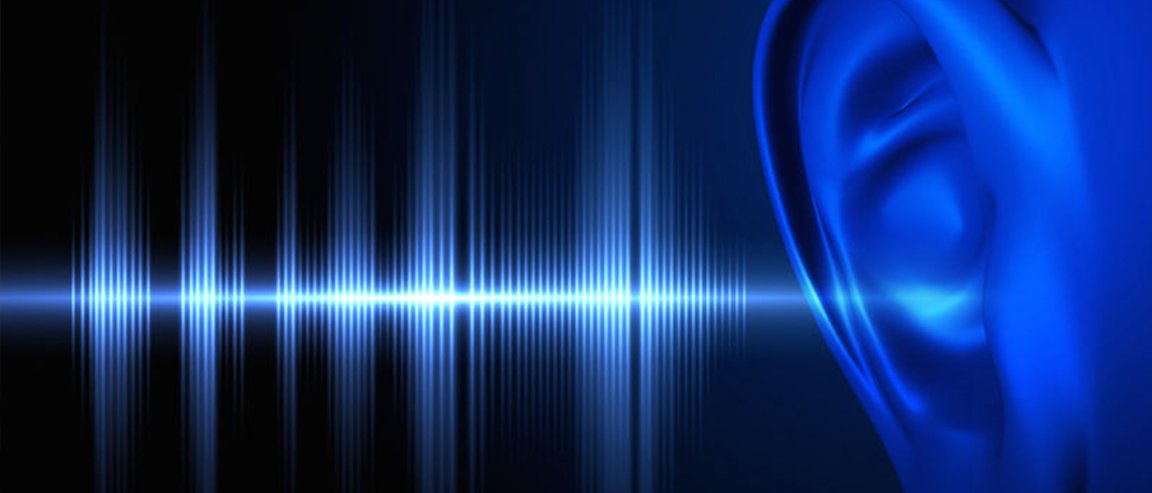
Auditory Illnesses
One of the most common causes of hearing loss is damage to the thousands of hair cells found within the inner ear. These hair cells detect and translate sound waves into nerve signals, enabling us to hear sound. As crucial as these hair cells are to hearing, these are susceptible to damage caused by excessive noise, old age, or certain medications. Once these hair cells are destroyed in a human ear, they don’t regenerate.
According to the Centers for Disease Control and Prevention (CDC), sensory hair cell injury accounts for 90 percent of hearing loss cases in the United States. Meanwhile, the World Health Organization (WHO) reports that about “360 million people worldwide have disabling hearing loss, and 32 million of these are children.”
But what if these hair cells could be regrown? That’s the idea behind a study conducted by a team of scientists from Harvard University and the Massachusetts Institute of Technology (MIT). Their research has long been in the making and is now published in the journal Cell Reports.

In 2012, lead scientist Albert Edge discovered stem cells in the ear called Lgr5+ cells. These were also found in the lining of human intestines, where they actively regenerate every eight days. Edge’s team found a way to convince these stem cells to develop into hair cells instead of intestinal cells. The process took a great deal of time, however, and it only yielded 200 hair cells. Now, the team had managed to grow 11,500 hair cells from the Lgr5+ cells in mice, which are among the few mammals whose cells can regenerate when they are newly born.
The researchers achieved this higher yield by adding a new step to their process. After taking the Lgr5+ cells from the mice, they coaxed them to divide within a special growth medium. This increased the number of Lgr5+ cells two-thousandfold. The stem cells were then moved to a different kind of growth culture, at which point certain chemicals were added that turned the Lgr5+ cells into hair cells.
“A Big Advance”
Each human ear has about 16,000 hair cells in its cochlea, the actual hearing organ found deep in the ear canal. These hair cells are divided into outer hair cells and inner hair cells, each with a specialized role in handling sound.

While these lab-grown hair cells seem to have many characteristics similar to these outer and inner hair cells, Edge admits that they may not yet be fully functional. His team tested their technique on a sample of healthy ear tissue taken from a 40-year-old brain tumor patient that underwent a labyrinthectomy. The isolated adult human stem cells did differentiate into hair cells, but not as robustly as the mouse cells had.
Still, neuroscience professor and hair-cell regeneration expert Jeff Corwin from the University of Virginia School of Medicine told Live Science he found the research to be “a very impressive study…by a dream team of scientists.” Corwin, who wasn’t involved in the study, called it “a big advance” in sensory hearing cell regeneration. “You can see in their paper that they are perfecting their technique as they go along,” he added.
While the team works to continue improving their methods, Edge said that their lab-grown hair cells may have one immediate application — large sets of the cells can be made and used to test drugs and identify which compounds can heal damaged hair cells or induce regeneration.